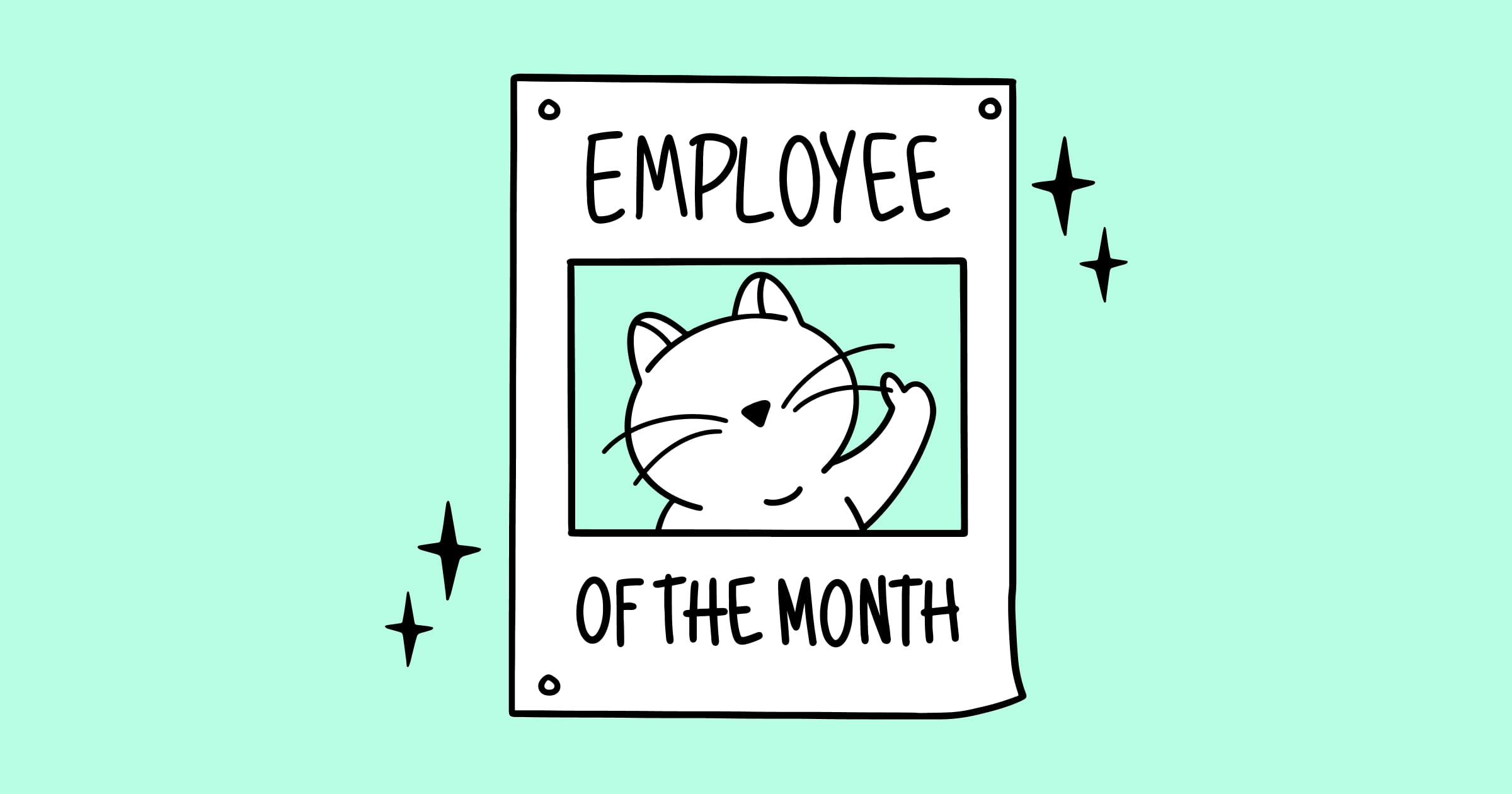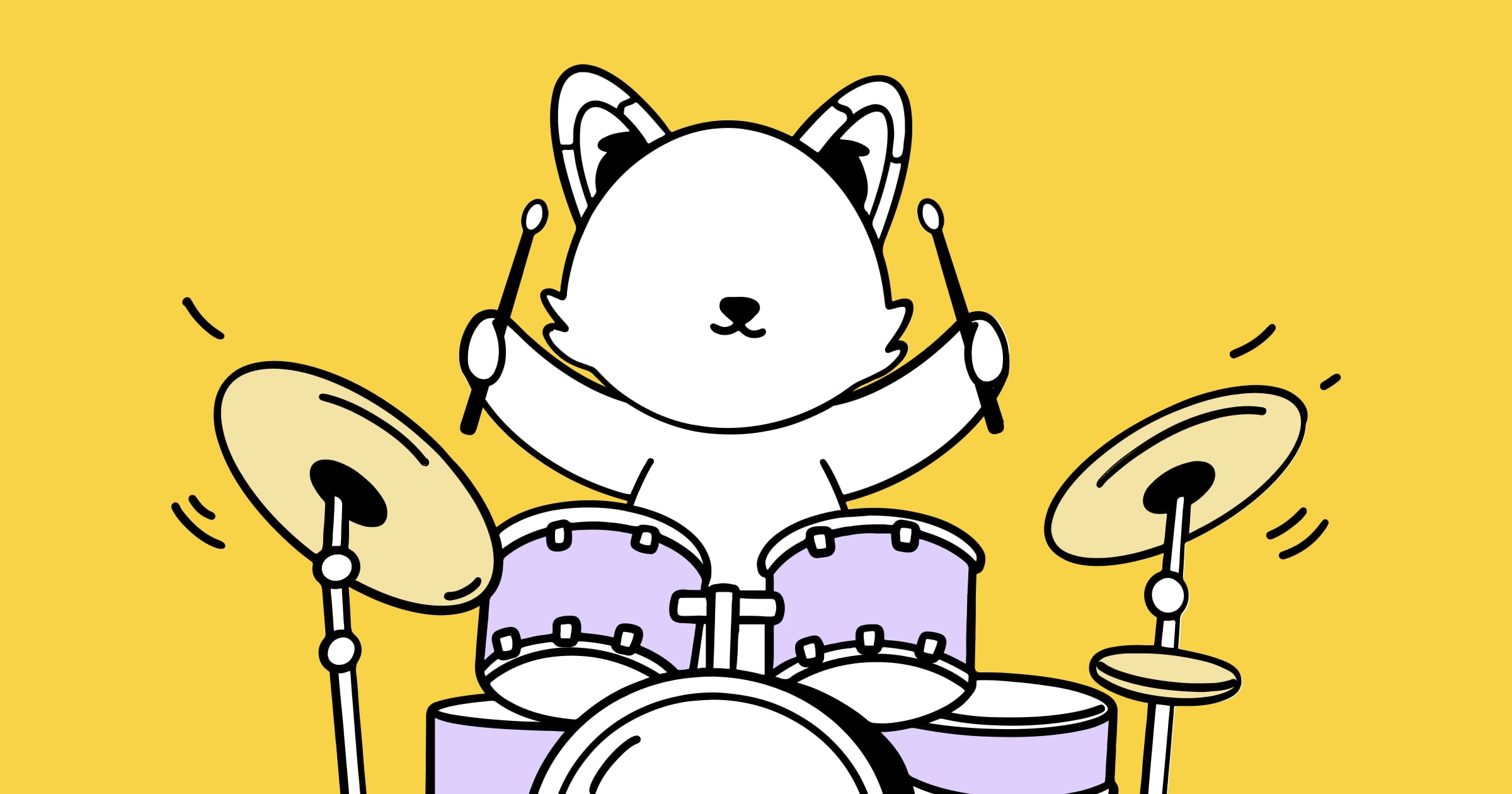January 21, 2025

After working for multiple consultancies I realised there was a problem. People weren't always aware of each others skills and skill sets. I decided to create a solution.
One of the most important lessons I have learned while working across Europe, US and Asia, is that team members who are aware of each other’s strengths work better together, increasing the chances of the project’s success.
The irony is that most people working in the same organisation are not aware of each other’s strengths or skill sets. This is especially true when they are not part of the same team or department. This lack of awareness causes miscommunications in meetings, unbalanced work allocations among staff for projects and eventually leads to unhappy employees and clients.
.avif)
Skills are often invisible because once people are hired, CVs are filed away by both employees and employers, and annual performance appraisals – the one opportunity to discuss an employee’s strengths and weaknesses – are always a confidential exercise conducted between employees and managers. Similarly, HR processes in the majority of companies don't do enough to help team members – leave alone employees across the organisation who may interact with each other on work – to understand what skills their colleagues bring to the table.
A 2017 Gallup study on the State of the Global Workforce supported my belief that teams work better when its members are aware of each other’s strengths.
“At the workgroup level, team members who know each other’s strengths relate more effectively to one another, boosting group cohesion,” the report said.
As a Design Director and Product Designer who knows the importance of team members to be acquainted with each other’s strengths, I wondered if it was possible to fashion a new tool for the workplace. I was keen on developing a transparent system in which employees ranked/graded themselves on their soft and hard skills so that the entire team or organisation could view it easily. Transparency was critical because it leads to honesty.
I was aware self-assessment requires self-reflection about our abilities and capabilities, which is not easy. For one, it’s easier to be disheartened or lose confidence by any shortcomings we identify within ourselves than to decide to learn from it. Additionally, employees often avoid self-reflection – a prerequisite for self-awareness – because they are conditioned to satisfying their managers or bosses. This passivity does not encourage the exercise of looking within.
But self-reflection is rewarding to those who take the leap.
At the workplace, I have found it is critical to the development of employees. It is closely linked to personal accountability, which creates a sense of ownership among employees, which always leads to good results because employees are engaged/invested in their job.
I have also found that people who are self-aware are less sensitive to critical feedback and use that feedback constructively to positively grow. Similarly, teams that are self-aware are able to understand what they’ve done well and where they’ve fallen short, and can then take action to improve.
The important thing with self-reflection is that individuals must not just acknowledge areas of improvement, but also what they are excellent at. Doing this allows individuals to develop confidence in their strengths and resolve to work on their weaknesses.
Speaking personally, over the course of my career, self-reflection has helped me get a good understanding of my strengths and weaknesses and allowed me to identify areas of improvement. It encouraged me to develop a sense of personal accountability about my work and gave me the confidence to pursue career streams that I was wary of getting into but which I later found I excelled at.
I thought if self-reflection worked for me, it should work for others too. That’s when I came up with MuchSkills Version 0, which requires an element of self-reflection for it to be useful to everyone in the team or organisation.
I developed a really low-fi version of a skills matrix that was populated by the team members themselves. Its first iteration only documented software skills since our team was small enough for everyone to keep track of each person’s soft skills and interests outside work.

This chart was a skill sets matrix, with way more powerful visualisations than the traditional one. It was colour coded to indicate proficiency in skills.
Those familiar with rock climbing will know about colour coded grips such as the Fontainebleau grading system. The colours used in order of difficulty of the course are white (children's routes), yellow (easy), orange (fairly difficult), blue (difficult), red (very difficult), black and white (extremely difficult). Each grade represents a level that each individual must work towards overcoming. Karate and other martial arts have similar scales.
The chart was in a shared folder that was accessible to all team members and stakeholders including project managers, sales individuals and account or client directors. This accessibility was important because it not just allowed individuals to easily input their personal skills and track those of their peers, but also bridged the gap between stakeholders within the organisation who bring in projects but do not necessarily know members of the delivery team closely.
As a team leader, it allowed me to get an easily accessible overview of my team’s abilities in one place. I was able to see what skills my team was heavy on and what they lacked.
The document wasn’t the most intuitive to use because it was created in Google Sheets and lacked the stickiness a more engaging app could deliver, but the concept proved valuable.
At this scale, the tool was excellent for small consulting companies since team members in such organisations are more connected with one another and often understand each other’s primary competencies at some level.
For larger organisations, where everyone doesn’t know what everyone else does exactly, I felt it was important for the tool to display each individual’s skills in detail. These included: current job focus or designated role, soft skills and interests outside work.
When visualised, this information unlocked a host of different insights, such as a team’s skill sets, balance of skills and interests.
This detailed information helped sales and client directors – who are usually detached from the team – pitch the core competencies of the team to clients, ensuring that employees were happy with the work being brought in as well as the opportunities to build on the skills they were interested in developing.
Detailed information about each employee’s skills and interests also allowed the organisation and team leaders to take quick decisions on allocating the right person for the right job, increasing productivity and staying competitive.
Since I’ve worked with digital products for most of my professional career, I decided to transform this simple spreadsheet into a software that was meant to make this data visualisation easier to input and read.
MuchSkills was the natural next step to ensure that individuals, teams and organisations all had the tools to look beyond wordy CVs, self-indulgent cover letters and boring skills matrices by putting skills at the centre of any discussion – be it a new job applicant, or a project manager looking to assemble the best team available.
And that is how MuchSkills was born a new way to visualise skills and skill sets.

Subscribe to our newsletter to receive MuchSkills insights directly in your inbox. Don't worry we will respect your inbox

A practical look at how skills visibility, fair evaluation, and growth-focused conversations reshape the employee experience.

By revealing hidden talent and optimising workforce deployment, skills visibility democratises opportunities and boosts employee engagement and retention.
